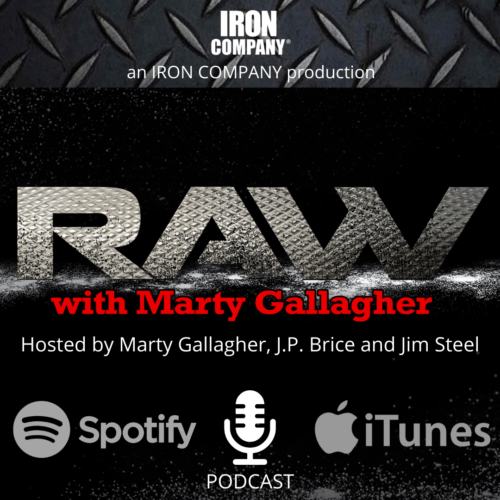
Upgrade Your Weight Plates to Rubber Bumper Plates
Technology touches everything
Featured Free Weight Equipment: bumper plates, rubber bumper plates
There are very few things, very few tools or devices more primitive and primal than Old School barbells and dumbbells. The modern "Olympic barbell" was in widespread use in the 1940s and since then, for the most part, changes have been minor. The one modern innovation has been the rubber bumper plate. Bumper plates were born out of a need. In 1972 the overhead press was dropped as one of the three Olympic lifts. The other lifts, the snatch (overhead in one uninterrupted motion) and the clean and jerk (pull the barbell to the shoulders, ram it overhead) were called "the quick lifts." With the reduction of Olympic weightlifting from three lifts to two lifts, the quick lifts, officials began allowing Olympic weightlifters to drop the loaded barbell from overhead.
Prior to this, dropping a loaded barbell was cause for not only being denied the lift but also being disqualified from the competition. Bumper plates appeared in around this same time and it became accepted practice in weightlifting competitions (and training) to drop barbells loaded to 500 pounds or more from eight feet overhead. Metal weight plates dropped from overhead cause damage to any surface they impact, especially if protective rubber gym flooring is not used. Bumper plates, covered in highly absorbent rubber, have shock-absorbing qualities and characteristics. There was a huge pent up demand for this new product and 1st generation bumper plates began flying off the shelves.
Rubber bumper plates can be dropped and not damaged: regardless the pros and cons about dropping weights anywhere other than an Olympic weightlifting designated area, such as an Olympic weightlifting platform, weights do get dropped. If a barbell gets dropped you want the plates that are dropped to be bumper plates. 315 pounds of bumper plates dropped is not a big deal for floors; 315 pounds of raw steel is going to mess up whatever it is dropped on, simple as that.
More poundage precision: it takes a lot more expertise to make a bumper plates and for that reason the actual weight is uniformly more accurate than cast iron barbell plates. Cheaply made barbell plates or solid dumbbells are often off in actual poundage by as much as 10%. A cheap product can be off by 5 pounds on a 45-pound plate or 10 pounds on a 100-pound plate. If a cheapskate foundry shaves 10-pounds off every 100-pound plate, every eleventh plate gets made for free. Bumper plate manufacturing is sophisticated and the weight plates will be accurate within grams or ounces, not pounds.
Rubber bumper plate prices: initially, bumper plates were rare, exclusive and incredibly expensive: a 400-pound Olympic bumper plate barbell set made in Europe by skilled craftsmen would go for $2,500 back in 1985. By the year 2017 competition and demand have pushed the prices of bumper plates downward. The latest bumper plate technology is light years superior to that used to create the original bumper plates. Today, bumper plates are made from different materials that include virgin rubber, recycled crumb rubber and polyurethane. These range from basic bumper plates for CrossFit boxes and school weight rooms to highly accurate competition bumper plates in your choice of solid black or color coded for easy size identification. Superior in every measurable way, affordable and available, most serious fitness types upgrade to bumper plates. So should you.
About the Author
As an athlete Marty Gallagher is a national and world champion in Olympic lifting and powerlifting. He was a world champion team coach in 1991 and coached Black's Gym to five national team titles. He's also coached some of the strongest men on the planet including Kirk Karwoski when he completed his world record 1,003 lb. squat. Today he teaches the US Secret Service and Tier 1 Spec Ops on how to maximize their strength in minimal time. As a writer since 1978 he’s written for Powerlifting USA, Milo, Flex Magazine, Muscle & Fitness, Prime Fitness, Washington Post, Dragon Door and now IRON COMPANY. He’s also the author of numerous books including Purposeful Primitive, Strong Medicine, Ed Coan’s book “Coan, The Man, the Myth, the Method" and numerous others. Read the Marty Gallagher biography here.



